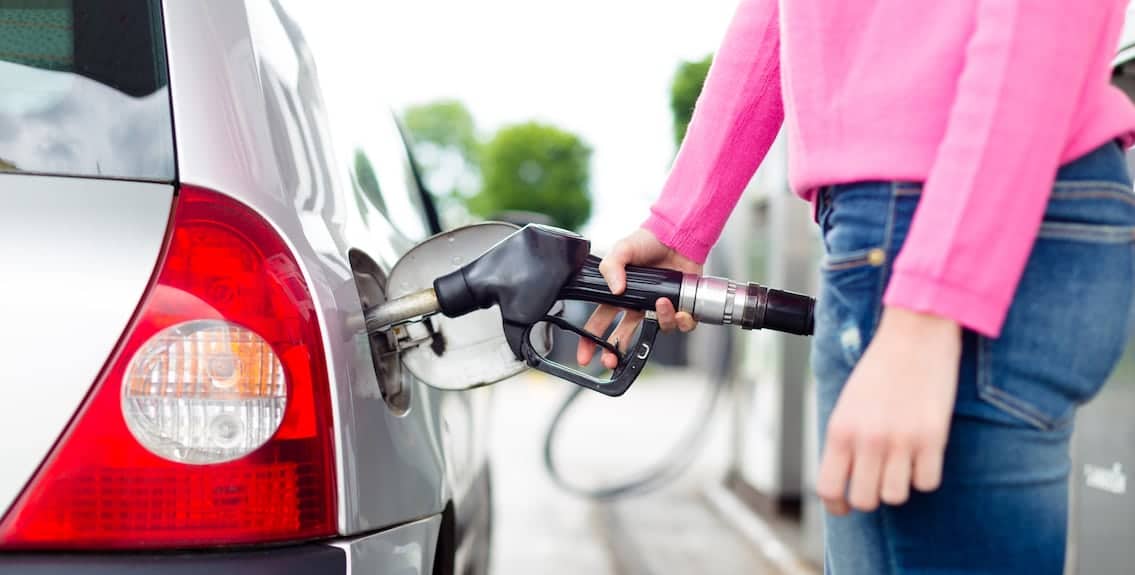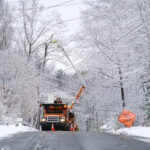
Most people, including myself, are or were in the habit of waiting until we saw the low fuel warning on our car’s dashboard before we refueled. Keeping a full gas tank was just something we didn’t do. We all could remember times growing up that we would see the needle sitting on E and hearing our parents say we still have at least 20 miles to go before we need to go to a gas station. While true, the mindset of waiting until all of the gas is gone is not a wise decision.
The wise decision would be to try to keep your gas tank at least half way full when parked at home overnight. It doesn’t cost any extra money to do this. If we ever had to evacuate, we can feel reassured knowing that we have enough gas in our vehicle and we have an emergency kit in the trunk.
What are the Benefits?
One benefit of this is that gas prices tend to go up during a disaster. Fuel prices rise and fall simply because of supply and demand. Disasters have a huge impact on the supply, causing greater demand and higher prices. Waiting to fuel during or immediately after a disaster will result in a greater expense and huge lines at the pump.
Another reality is that gas supplies run low during a disaster. In the past, gas stations have been unable to provide fuel due to power outages. We avoid any of that headache by having are cars adequately fueled.
How Full Should Our Fuel Tank Be?
This is a good question. Some sites will say 100% fueled. This would mean that you would have to fill up everyday, which is unrealistic. Other sites will say 3/4 full. A good rule of thumb would be that you want to maintain enough gas to go 200 miles. That would be enough miles to travel a few hours in the case of an evacuation. This also will not create too many trips to the case station. The amount of gas in this will vary per vehicle.
At the end of the day, having a full gas tank is a small way to make sure we stay ready. By changing our fueling habits and keeping up with vehicle maintenance now, it’ll save headaches later.







